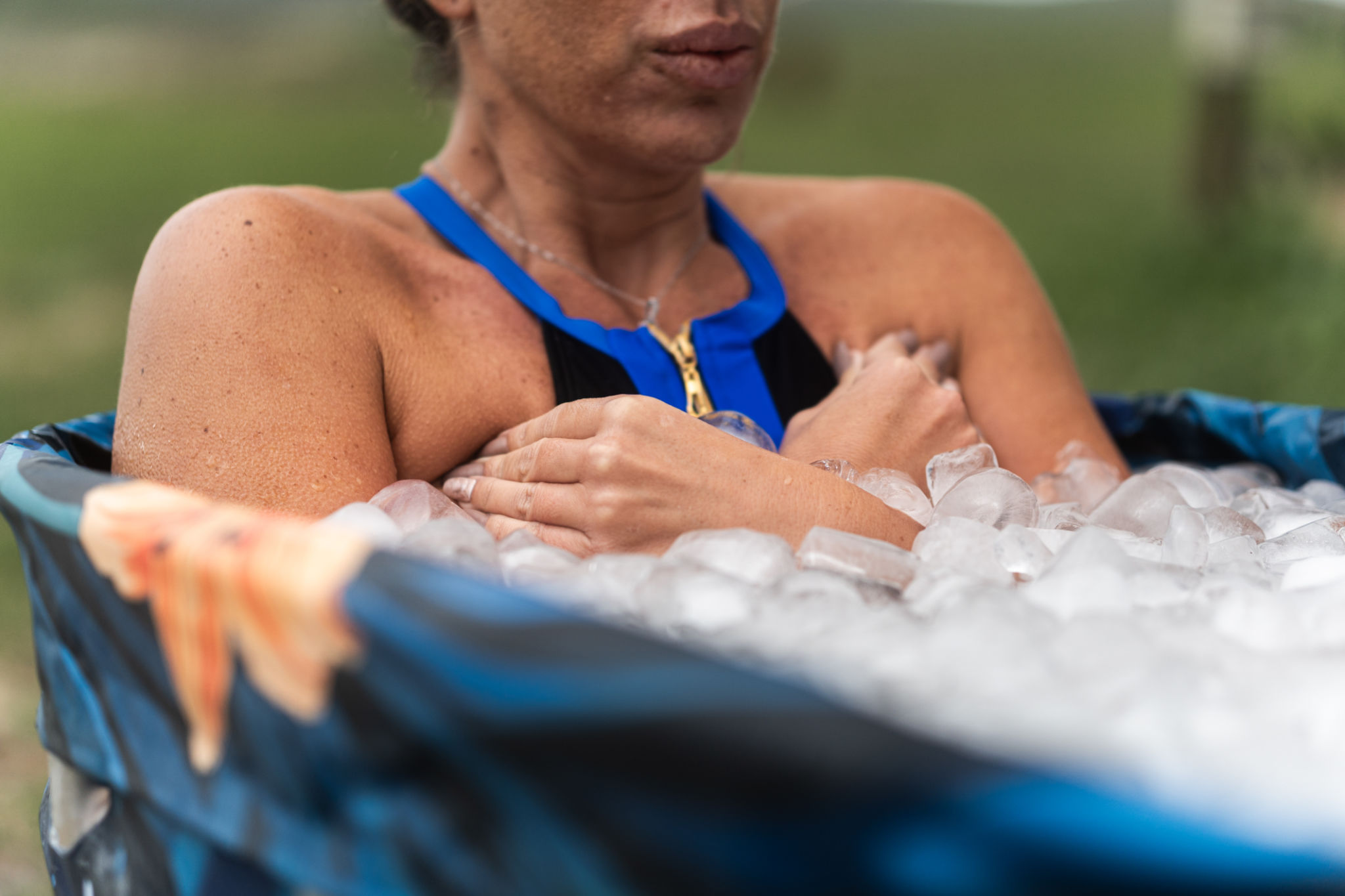Understanding Cold Therapy Treatment: Benefits and Applications
Understanding Cold Therapy Treatment
Cold therapy, also known as cryotherapy, is a treatment method that involves the application of cold temperatures to the body to alleviate pain and inflammation. This type of therapy has been used for centuries, dating back to ancient civilizations that utilized ice and snow for medicinal purposes. Today, cold therapy is employed in various forms, from simple ice packs to advanced cryotherapy chambers.

The Benefits of Cold Therapy
One of the primary benefits of cold therapy is its ability to reduce inflammation and swelling. When cold is applied to an area, it causes the blood vessels to constrict, which decreases blood flow and reduces swelling. This makes it an effective treatment for acute injuries such as sprains and strains.
Cold therapy also offers pain relief by numbing the affected area. The cold temperature can slow down nerve transmission, resulting in a temporary reduction in pain sensation. This makes it particularly beneficial for managing chronic pain conditions such as arthritis or fibromyalgia.

Applications of Cold Therapy
Cold therapy is widely used in sports medicine to help athletes recover from injuries. It can be applied immediately after an injury to minimize swelling and speed up the recovery process. Many athletes also use cold therapy as part of their regular recovery routine to prevent injury and improve performance.
Beyond sports, cold therapy is also employed in clinical settings to treat various conditions. For instance, it is often used post-surgery to manage pain and swelling. Additionally, cryotherapy has gained popularity as a beauty treatment, with claims that it can improve skin tone and reduce signs of aging.

Types of Cold Therapy
There are several methods of applying cold therapy, each with its own advantages. Some of the most common include:
- Ice Packs: Simple and accessible, ice packs are a convenient option for home use.
- Cold Compresses: These are typically made from gel or liquid that retains cold temperatures longer than ice.
- Cryotherapy Chambers: Advanced treatment involving exposure to extremely low temperatures for short durations.
Cryotherapy chambers have gained popularity in recent years, particularly in wellness centers and spas. Users enter a chamber where liquid nitrogen or refrigerated air cools the body rapidly, often resulting in a refreshing and invigorating experience.

Considerations and Precautions
While cold therapy is generally safe, it’s important to use it correctly to avoid potential risks such as frostbite or nerve damage. Always wrap ice packs in a cloth or towel and limit application to 15-20 minutes at a time. If you have any medical conditions or concerns, consult with a healthcare professional before starting any form of cryotherapy.
In conclusion, cold therapy offers a range of benefits and applications, from pain relief to enhanced recovery. Whether you're an athlete looking to boost your performance or someone seeking relief from chronic pain, exploring the various options of cold therapy could be worthwhile.
